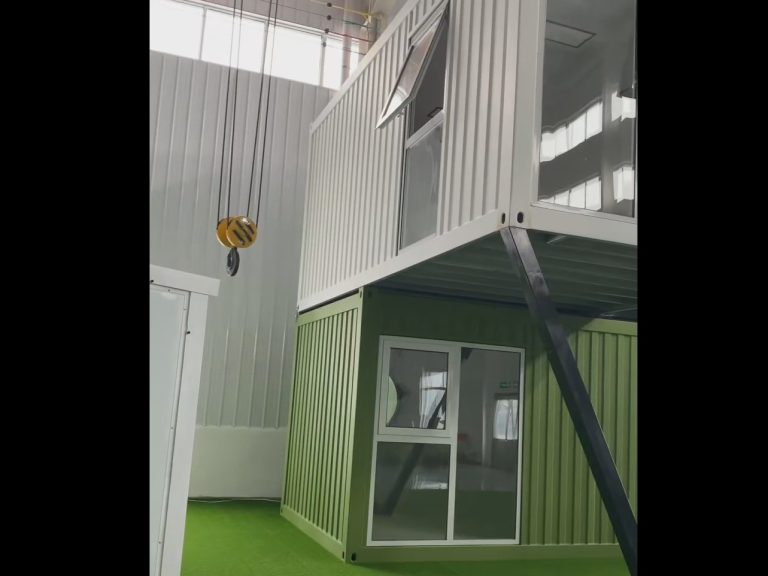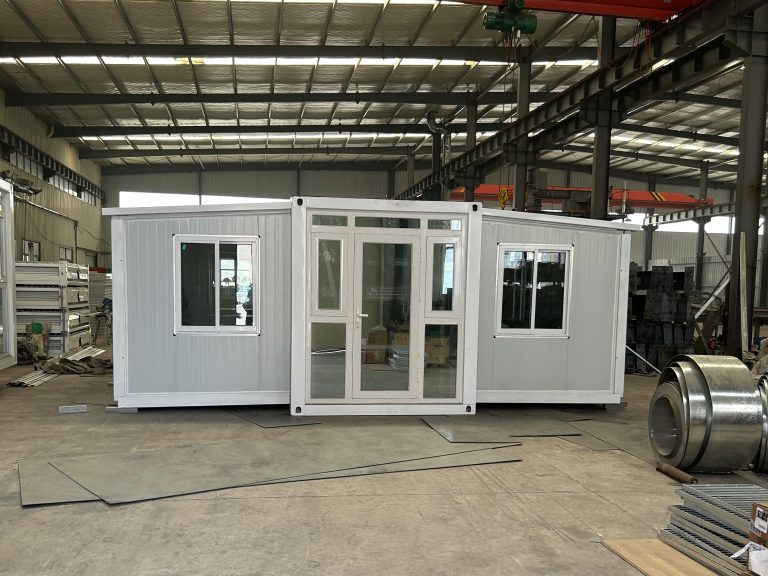Table of Contents
Advancements in Non-Destructive Testing Techniques for Steel Structure Bridge Maintenance
Steel structure bridges are a critical component of our infrastructure, providing safe passage for vehicles and pedestrians alike. However, over time, these bridges can deteriorate due to factors such as corrosion, fatigue, and environmental conditions. To ensure the safety and longevity of these structures, it is essential to implement effective maintenance and strengthening techniques.
In recent years, there have been significant advancements in non-destructive testing techniques for steel structure bridge maintenance. These innovative technologies allow engineers to assess the condition of a bridge without causing any damage to the structure itself. One such technology that has gained popularity is intelligent strengthening and maintenance technology.
Intelligent strengthening and maintenance technology utilizes a combination of sensors, data analysis, and automation to monitor the condition of a steel structure bridge in real-time. By collecting data on factors such as temperature, strain, and vibration, engineers can gain valuable insights into the health of the bridge and identify any potential issues before they escalate.
One of the key benefits of intelligent strengthening and maintenance technology is its ability to provide early warning of structural problems. By continuously monitoring the bridge, engineers can detect changes in the structure’s behavior that may indicate the presence of defects or damage. This early warning system allows for timely intervention, preventing costly repairs and ensuring the safety of the bridge’s users.
Another advantage of intelligent strengthening and maintenance technology is its ability to optimize maintenance schedules. By analyzing the data collected from sensors, engineers can determine the optimal time for maintenance activities such as painting, corrosion protection, and structural repairs. This proactive approach helps to extend the lifespan of the bridge and reduce the overall maintenance costs.
Furthermore, intelligent strengthening and maintenance technology can improve the efficiency of bridge inspections. Traditional inspection methods often require engineers to physically access hard-to-reach areas of the bridge, which can be time-consuming and dangerous. By using sensors and drones to collect data, engineers can conduct inspections more quickly and safely, reducing the risk of accidents and minimizing disruption to traffic.

In addition to monitoring the condition of the bridge, intelligent strengthening and maintenance technology can also be used to strengthen the structure. By analyzing the data collected from sensors, engineers can identify areas of the bridge that are under high stress and implement targeted strengthening measures. This proactive approach helps to prevent structural failures and extend the lifespan of the bridge.
Overall, intelligent strengthening and maintenance technology represents a significant advancement in the field of steel structure bridge maintenance. By utilizing sensors, data analysis, and automation, engineers can monitor the condition of a bridge in real-time, provide early warning of structural problems, optimize maintenance schedules, improve inspection efficiency, and strengthen the structure as needed. These innovative technologies are essential for ensuring the safety and longevity of our infrastructure and should be embraced by bridge owners and maintenance professionals alike.
Implementation of Artificial Intelligence for Predictive Maintenance of Steel Structure Bridges
Steel structure bridges are essential components of transportation infrastructure, providing safe passage for vehicles and pedestrians over rivers, valleys, and other obstacles. However, over time, these bridges can deteriorate due to factors such as corrosion, fatigue, and structural damage. To ensure the safety and longevity of steel structure bridges, it is crucial to implement effective maintenance and strengthening measures.
In recent years, there has been a growing interest in the use of artificial intelligence (AI) for predictive maintenance of steel structure bridges. This innovative approach leverages advanced technologies to monitor the condition of bridges in real-time, detect potential issues before they escalate, and recommend appropriate maintenance actions. By harnessing the power of AI, bridge owners and operators can optimize their maintenance strategies, reduce costs, and extend the service life of their structures.
One of the key advantages of using AI for predictive maintenance is its ability to analyze vast amounts of data collected from sensors installed on the bridge. These sensors can measure various parameters such as temperature, strain, vibration, and corrosion levels, providing valuable insights into the structural health of the bridge. AI algorithms can process this data in real-time, identify patterns and anomalies, and predict potential failure points with a high degree of accuracy.
Moreover, AI can also be used to develop digital twins of steel structure bridges, which are virtual replicas that mirror the physical characteristics and behavior of the actual bridge. By simulating different scenarios and stress conditions, engineers can assess the structural integrity of the bridge, predict its performance under various loads, and optimize maintenance schedules accordingly. This proactive approach allows bridge owners to address potential issues before they pose a threat to the safety of the structure.
Furthermore, AI can facilitate the development of intelligent strengthening technologies for steel structure bridges. By analyzing the structural weaknesses and vulnerabilities of the bridge, AI algorithms can recommend targeted strengthening measures to enhance its load-carrying capacity and resilience. These measures may include retrofitting with high-strength materials, installing additional support systems, or implementing innovative repair techniques.
In addition to predictive maintenance and strengthening, AI can also improve the overall efficiency of bridge management and operations. By integrating AI-powered systems with asset management software, bridge owners can streamline maintenance workflows, prioritize critical tasks, and allocate resources more effectively. This data-driven approach enables informed decision-making, reduces downtime, and enhances the overall performance of the bridge network.
In conclusion, the implementation of AI for predictive maintenance of steel structure bridges represents a significant advancement in bridge engineering and management. By harnessing the power of AI, bridge owners can monitor the condition of their structures in real-time, predict potential issues, and optimize maintenance strategies to ensure the safety and longevity of their bridges. Furthermore, AI can facilitate the development of intelligent strengthening technologies, improve operational efficiency, and enhance the overall resilience of steel structure bridges. As technology continues to evolve, AI is poised to revolutionize the way we design, maintain, and manage our critical infrastructure, ensuring a safer and more sustainable future for generations to come.







